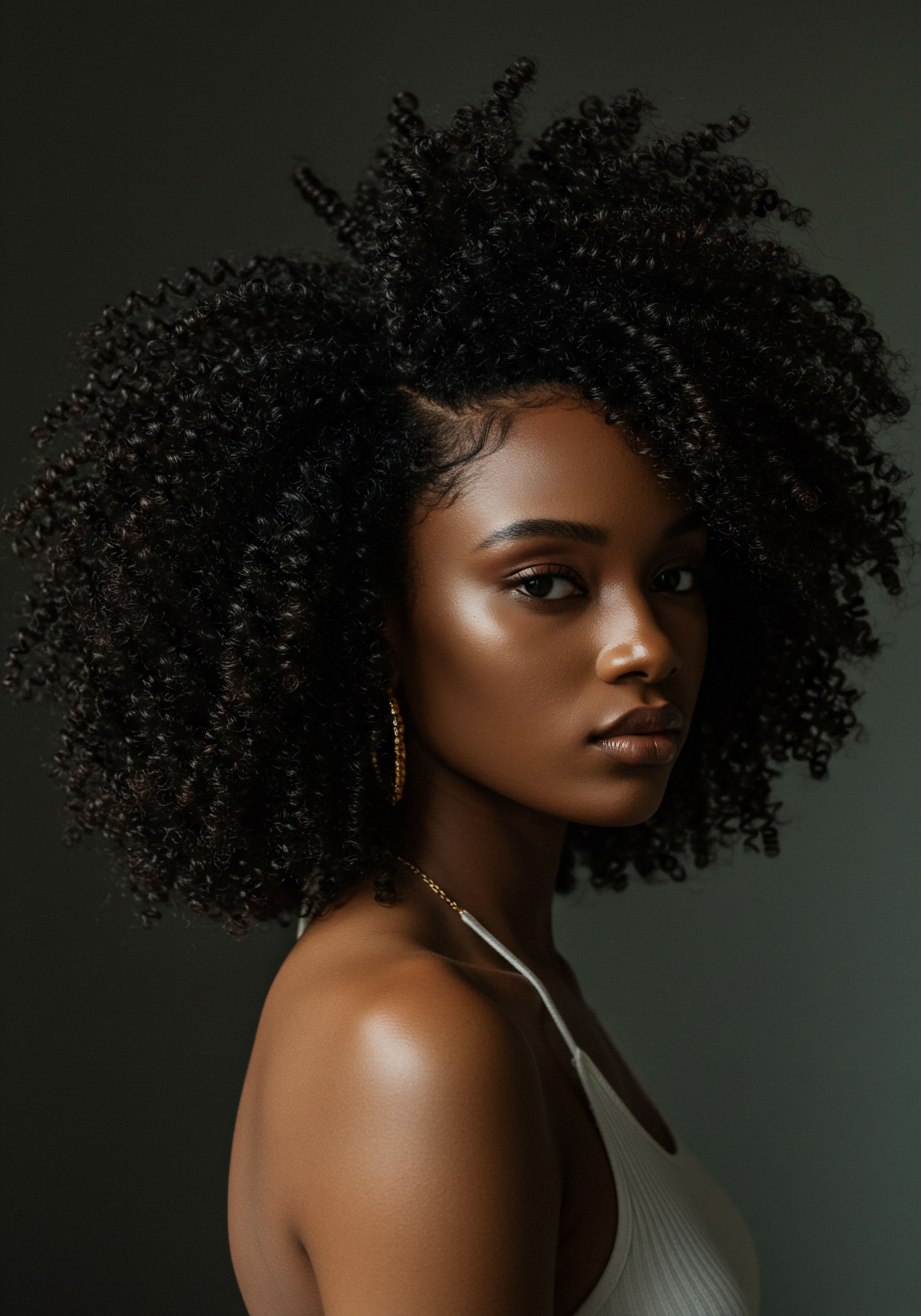
Roots
To truly comprehend the delicate dance between textured hair and the world of smaller proteins, we must first gently unearth the very foundations of hair itself. It is a journey into the unseen, a quiet observation of the intricate architecture that allows our strands to coil, bend, and stretch with such distinct character. This understanding is not merely academic; it is an invitation to connect with the living fibers that crown us, to appreciate their inherent design and the subtle ways they respond to thoughtful care. Each curl, each wave, each twist carries a story, and within that story lies the profound truth of its unique needs.

The Architecture of Textured Strands
Our hair, whether a cascade of tight coils or a gentle ripple, possesses a fundamental blueprint. At its heart, every strand is a complex biological marvel, primarily composed of keratin, a fibrous protein. This keratin forms the bulk of the hair shaft, organized into distinct layers, each with a specific role. The outermost layer, the Cuticle, resembles overlapping scales, much like shingles on a roof.
These scales, when healthy, lie flat, reflecting light and offering protection. Beneath this protective shield lies the Cortex, the thickest part of the hair, where the majority of keratin resides. It is the cortex that lends hair its strength, elasticity, and color. Deeper still, some hair types possess a central core, the Medulla, though its precise function is still a subject of ongoing inquiry.
For textured hair, this architectural marvel presents its own beautiful complexities. The elliptical cross-section of a textured strand, coupled with its natural twists and turns, means the cuticle layers do not always lie as uniformly flat as they might on straight hair. These natural undulations can create more points of vulnerability, making textured hair more susceptible to moisture loss and mechanical damage. It is into this intricate, sometimes delicate, landscape that smaller proteins are introduced, seeking to offer their gentle support.
Understanding the unique structural nuances of textured hair is the first step toward appreciating how smaller proteins offer their beneficial touch.

Proteins at the Micro Level
At their essence, proteins are long chains of smaller building blocks called Amino Acids. Think of them as tiny pearls strung together to form a necklace. The specific sequence and arrangement of these amino acids determine the protein’s shape, size, and ultimately, its function. In the context of hair care, proteins are often categorized by their molecular weight, which essentially refers to their size.
Larger proteins, like those found in egg whites or gelatin, tend to sit on the hair’s surface, forming a temporary film. While this can offer some immediate smoothing or conditioning, their size prevents them from entering the hair shaft.
This is where the magic of smaller proteins, often referred to as Hydrolyzed Proteins or Peptides, truly comes into play. Hydrolysis is a process that breaks down larger protein molecules into smaller fragments. This intentional fragmentation reduces their molecular weight significantly, allowing them to navigate the subtle openings in the cuticle and penetrate deeper into the cortex. It is this ability to reach beyond the surface that grants smaller proteins their distinctive capacity to interact with and support the internal structure of the hair fiber.
- Hydrolyzed Proteins ❉ These are proteins that have been broken down into smaller components through a chemical process, typically involving water. This reduction in size allows for better absorption into the hair shaft, providing internal strengthening and repair.
- Amino Acids ❉ The fundamental building blocks of all proteins. When proteins are fully hydrolyzed, they can be broken down into individual amino acids, which are the smallest units capable of penetrating the hair.
- Peptides ❉ Short chains of amino acids, larger than single amino acids but smaller than full proteins. Peptides also possess the ability to penetrate the hair cuticle and offer beneficial effects.

Why Molecular Size Matters for Textured Hair
The unique structural characteristics of textured hair, particularly its often raised cuticle and propensity for dryness, make the penetrative capacity of smaller proteins particularly relevant. When the cuticle is lifted, whether due to damage, dryness, or natural texture, the hair becomes more vulnerable. Smaller proteins, with their diminished molecular footprint, can more readily slip through these slightly open cuticular scales. Once inside the cortex, they can temporarily bond with the existing keratin, providing a scaffold of support.
This internal reinforcement helps to fortify the hair from within, addressing concerns like elasticity loss and breakage that are common for textured hair. It is not about changing the hair’s natural curl pattern, but rather about bolstering its inherent strength and resilience. The delicate balance lies in providing sufficient internal support without overwhelming the hair, a consideration we will explore further.

Ritual
Stepping from the quiet contemplation of hair’s foundational architecture, we now turn our attention to the rhythm of daily care, the thoughtful practices that translate scientific understanding into tangible hair health. The use of smaller proteins in our hair care rituals is not merely a trend; it is a conscious decision to offer our textured strands a deeper form of support. This segment explores how these microscopic allies are woven into our routines, providing practical wisdom for their thoughtful application and highlighting the profound impact they can have on the vibrancy and resilience of our hair.
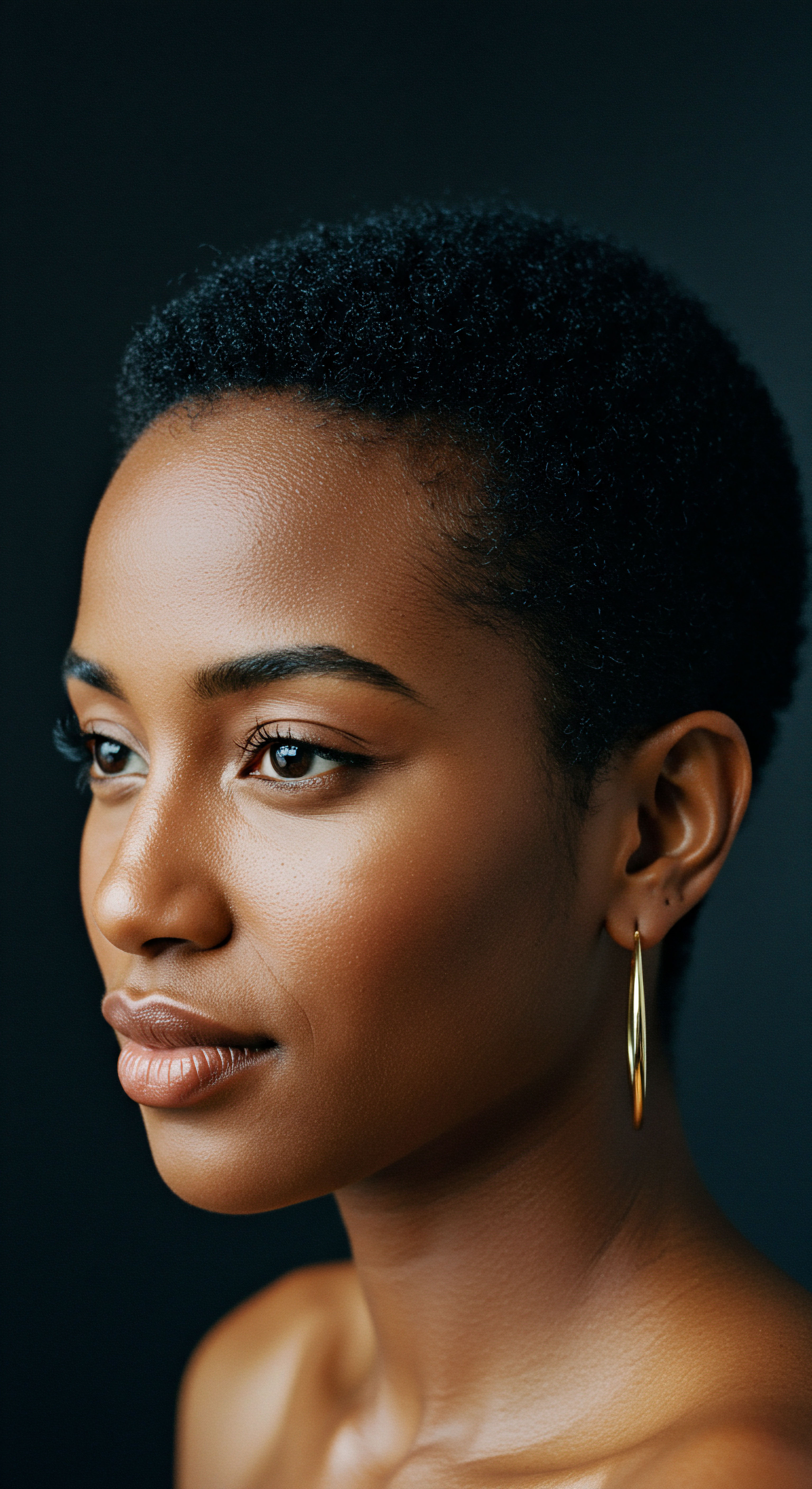
Integrating Smaller Proteins into Care Routines
Smaller proteins are typically found in products designed to penetrate and fortify, such as deep conditioners, leave-in treatments, and sometimes even shampoos and regular conditioners. Their inclusion in these formulations is strategic, aiming to deliver their restorative properties directly to the hair’s core. When selecting products, observing the ingredient list for terms like “hydrolyzed wheat protein,” “hydrolyzed rice protein,” “silk amino acids,” or “keratin peptides” can guide your choices.
The frequency of protein application often depends on the hair’s individual needs and its current condition. Hair that feels overly soft, mushy, or excessively stretchy when wet might signal a need for protein. Conversely, hair that feels stiff, brittle, or resistant to moisture could indicate too much protein or an imbalance in the regimen. It is a delicate dance of observation and response, a continuous conversation with your hair.

The Benefits of Microscopic Allies
The presence of smaller proteins within the hair shaft offers a spectrum of advantages for textured hair. Their ability to bind with keratin helps to temporarily fill in gaps and weaknesses along the hair fiber, leading to increased strength and reduced susceptibility to breakage. This is particularly beneficial for textured strands, which can experience more stress at their natural bends and twists.
Furthermore, these proteins can contribute to improved Elasticity. Hair with good elasticity can stretch and return to its original state without breaking, a crucial characteristic for healthy textured hair. By reinforcing the internal structure, smaller proteins help the hair maintain its natural spring and bounce. They can also play a part in moisture retention, as a strengthened hair shaft is better equipped to hold onto hydration, which is a constant pursuit for many with textured hair.
Incorporating smaller proteins into your hair care routine can help fortify textured strands from within, promoting strength, elasticity, and improved moisture retention.
| Protein Type Hydrolyzed Wheat Protein |
| Molecular Weight Range (Daltons) ~1,000-3,000 |
| Primary Benefits for Textured Hair Adds elasticity, helps reduce breakage, can enhance moisture retention. |
| Protein Type Hydrolyzed Rice Protein |
| Molecular Weight Range (Daltons) ~500-2,000 |
| Primary Benefits for Textured Hair Provides volume, strengthens, can improve shine without heavy feel. |
| Protein Type Silk Amino Acids |
| Molecular Weight Range (Daltons) ~150-300 |
| Primary Benefits for Textured Hair Deeply conditioning, smoothing, helps with manageability. |
| Protein Type Hydrolyzed Keratin |
| Molecular Weight Range (Daltons) ~1,000-10,000 (variable) |
| Primary Benefits for Textured Hair Directly reinforces hair's natural protein, strengthens, reduces frizz. |
| Protein Type Hydrolyzed Soy Protein |
| Molecular Weight Range (Daltons) ~1,000-5,000 |
| Primary Benefits for Textured Hair Strengthens, adds body, can improve hair texture and repair. |
| Protein Type These molecular weight ranges are approximate and can vary based on hydrolysis methods. |

When Can Too Much Protein Be a Concern?
While the benefits of smaller proteins are clear, there exists a delicate balance. Over-application or an imbalance in your regimen can lead to what is commonly referred to as “protein overload.” This state manifests as hair that feels stiff, dry, brittle, and perhaps even more prone to breakage, rather than less. It is a common misconception that if some protein is good, more must be better. For textured hair, which already possesses a unique structural integrity, the line between beneficial reinforcement and excessive rigidity can be finer.
Symptoms of protein overload often include:
- Stiffness ❉ Hair loses its natural pliability and feels rigid to the touch.
- Brittleness ❉ Strands become prone to snapping with minimal manipulation.
- Dullness ❉ The hair may appear lifeless and lack its usual sheen.
- Reduced Elasticity ❉ Paradoxically, too much protein can make hair less elastic, causing it to snap rather than stretch.
If these signs appear, the solution is typically a temporary reduction in protein-rich products, focusing instead on deep conditioning with moisture-rich treatments. A clarifying shampoo can also help remove any protein residue. The aim is always to restore equilibrium, allowing the hair to return to its natural, supple state.
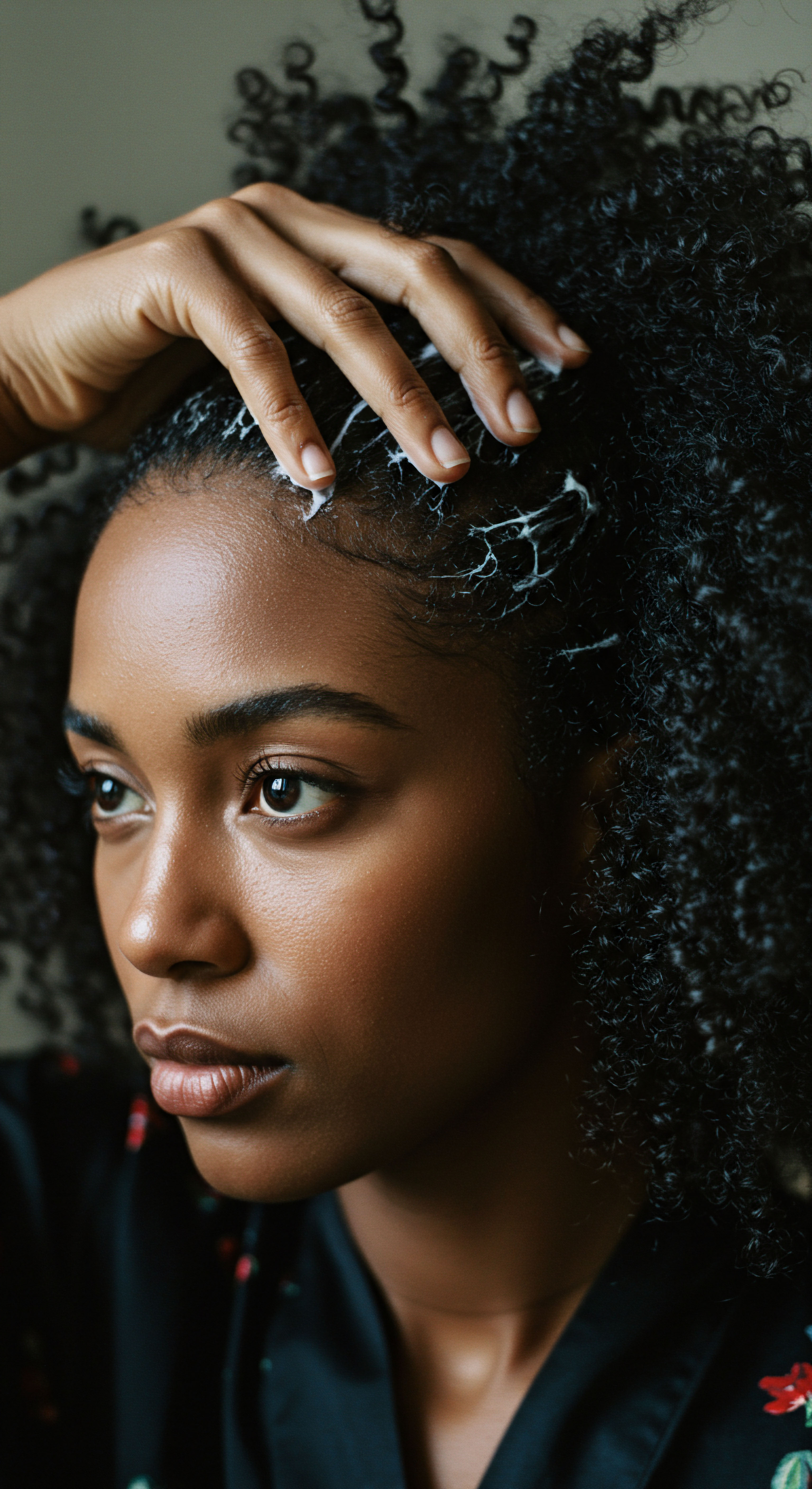
Relay
Beyond the fundamental structure and the daily rituals, a deeper understanding of smaller proteins invites us into a more nuanced exploration, one that considers the profound interplay of molecular science, historical practices, and the intricate dance of environmental factors. How do these microscopic agents truly perform their tasks within the hair fiber, and what less-discussed aspects of their application warrant our attention? This segment seeks to illuminate the more sophisticated layers of protein science, drawing upon research and cultural insights to offer a truly comprehensive perspective.
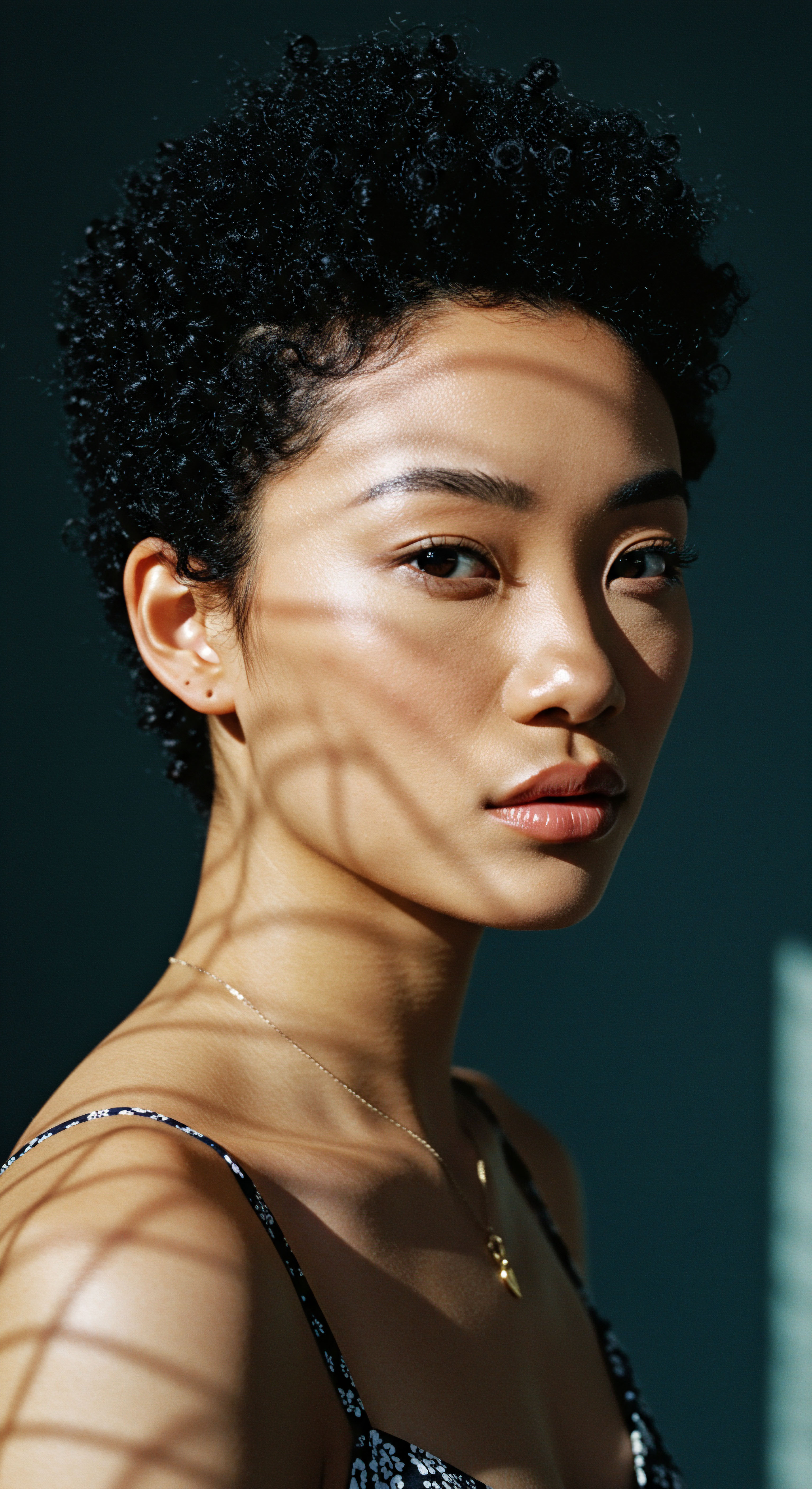
The Molecular Embrace How Do Smaller Proteins Help Textured Hair?
The efficacy of smaller proteins for textured hair extends beyond simple penetration; it involves a complex molecular interaction. Once inside the cortex, these hydrolyzed proteins, with their specific amino acid sequences, can form temporary bonds with the existing keratin chains. This process is akin to reinforcing a bridge with additional, strategically placed girders. These newly formed bonds, primarily hydrogen bonds and ionic interactions, contribute to the overall stability and strength of the hair fiber.
The effectiveness is not solely about size, but also about the specific amino acid profile of the protein and its affinity for hair keratin. For instance, some research indicates that proteins rich in cysteine (an amino acid prevalent in keratin) or those with a high proportion of positively charged amino acids might have a stronger affinity for the negatively charged sites on damaged hair. This selective binding allows for targeted repair, particularly in areas where the hair’s natural disulfide bonds have been compromised by styling, chemical treatments, or environmental stressors.
The true impact of smaller proteins lies in their specific molecular interactions within the hair cortex, reinforcing its natural keratin structure.
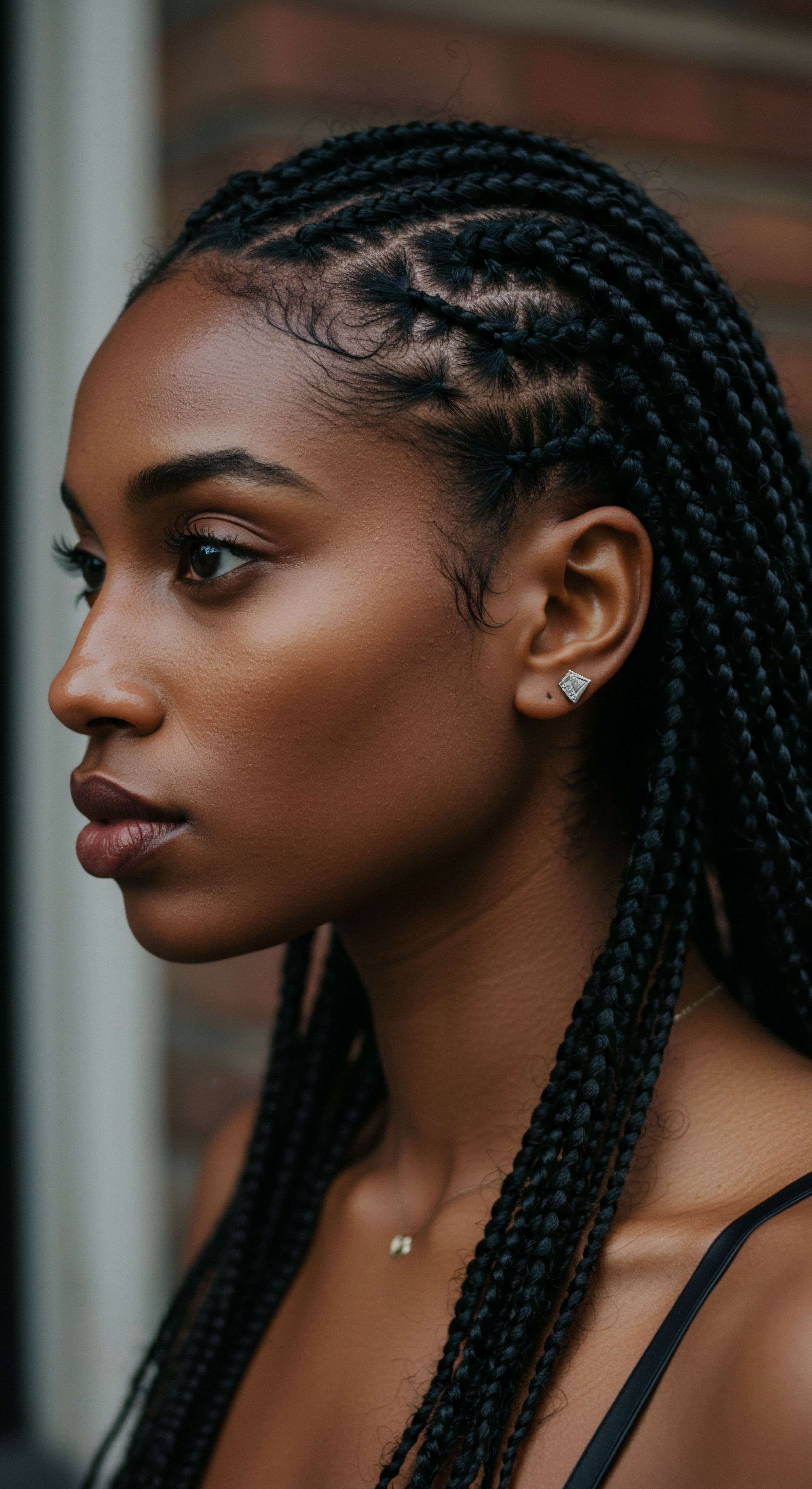
Are All Small Proteins Created Equally?
While the general principle holds that smaller proteins can penetrate, their individual performance varies significantly. Consider a study published in the Journal of Cosmetic Science which examined the effects of different hydrolyzed proteins on hair elasticity and strength. The findings suggested that while all hydrolyzed proteins offered some benefit, Hydrolyzed Rice Protein, despite often being of a lower molecular weight than some wheat proteins, demonstrated superior performance in improving hair elasticity for certain hair types, possibly due to its unique amino acid composition and peptide chain lengths. This highlights that the source and specific hydrolysis process profoundly influence the protein’s functional properties and its optimal interaction with textured hair.
Furthermore, a common, yet often overlooked, aspect is the potential for protein-induced stiffness, particularly in hair with low porosity. Low porosity hair, characterized by tightly bound cuticle layers, can struggle with both moisture absorption and the release of ingredients. While smaller proteins can penetrate, if they accumulate without adequate moisture balance, they can lead to a rigid feel.
This isn’t a flaw of the protein itself, but rather a call for a more nuanced approach to product selection and regimen formulation, ensuring a proper protein-to-moisture ratio. This perspective moves beyond a simplistic “protein is good” narrative to a more informed understanding of how to achieve true hair equilibrium.
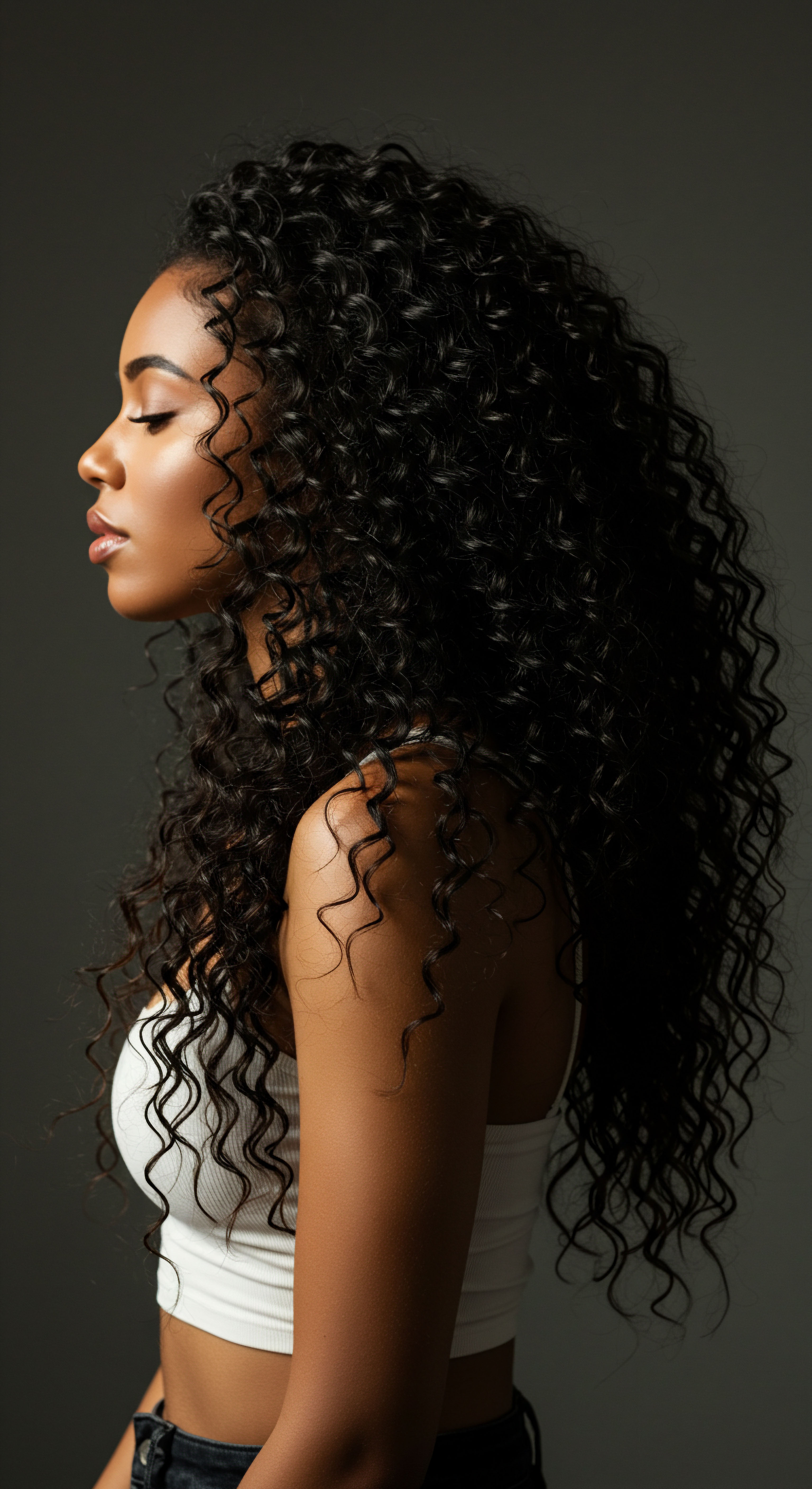
Echoes of Ancestral Wisdom and Modern Science
The application of protein-rich substances for hair health is not a novel concept, confined solely to modern cosmetic chemistry. Across various cultures and historical periods, traditions have often intuitively incorporated ingredients with significant protein content. Consider the widespread use of Rice Water rinses in Asian hair care traditions, particularly by groups like the Yao women of Huangluo Village in China, renowned for their exceptionally long and healthy hair.
While often celebrated for its inositol, rice water also contains a spectrum of amino acids and hydrolyzed proteins that, when applied, can deposit onto the hair shaft, offering strengthening and smoothing properties. This centuries-old practice mirrors the very principles modern science now elucidates regarding the benefits of smaller proteins for hair integrity.
This historical connection underscores a deeper truth ❉ the quest for hair vitality is a shared human experience, transcending time and geography. Modern scientific inquiry, by dissecting the molecular mechanisms, simply provides a granular explanation for practices that have long been observed to yield beneficial results. It reminds us that our current understanding builds upon a rich heritage of experimentation and observation, linking the precise measurements of the laboratory to the enduring wisdom of traditional hair care.

The Interplay of Environment and Protein Performance
The effectiveness of smaller proteins is not an isolated phenomenon; it is deeply intertwined with environmental factors and the overall health of the hair. Humidity levels, for example, can influence how proteins interact with the hair. In very dry climates, protein treatments might temporarily draw moisture from the air, but without adequate humectants or emollients in the product, the hair could still feel dry. Conversely, in highly humid environments, some protein types might attract too much moisture, potentially leading to a slight feeling of stickiness or excessive softness if not balanced.
Furthermore, the hair’s porosity plays a significant role. High porosity hair, with its more open cuticle, might readily absorb smaller proteins but also release them more quickly, necessitating more frequent applications. Low porosity hair, as mentioned, requires a more cautious approach to avoid stiffness. This holistic view acknowledges that while smaller proteins are powerful allies, their optimal performance is realized within a comprehensive hair care ecosystem that accounts for individual hair characteristics and environmental conditions.

Reflection
Our exploration of smaller proteins and their interaction with textured hair brings us to a place of deeper appreciation for the nuanced artistry of our strands. It is a testament to the idea that true hair wellness extends beyond superficial fixes, inviting us into a relationship of informed care and gentle understanding. The journey from microscopic molecular structures to the radiant vitality of healthy coils and curls reveals a beautiful continuum, where scientific insight and the wisdom of self-observation merge. May this understanding empower each individual to approach their hair with renewed curiosity, celebrating its unique story with every thoughtful touch.

References
- Gavazzoni, R. et al. “Effects of Hair Care Products on Hair Fiber.” Journal of Cosmetic Dermatology, vol. 15, no. 4, 2016, pp. 385-391.
- Saewan, N. and J. Jimtaisong. “Hair Protection and Repair by Rice Proteins.” Journal of Cosmetic Science, vol. 66, no. 4, 2015, pp. 247-258.
- Dias, M. F. R. G. “Hair Cosmetics ❉ An Overview.” International Journal of Trichology, vol. 7, no. 1, 2015, pp. 2-15.
- Robbins, C. R. Chemical and Physical Behavior of Human Hair. 5th ed. Springer, 2012.
- Khumalo, N. P. et al. “What Is Normal Hair? A Systematic Review of the Literature.” Journal of the American Academy of Dermatology, vol. 60, no. 4, 2009, pp. 636-641.
- Wolfram, L. J. “Hair ❉ Its Structure, Properties, and Functions.” Cosmetic Science and Technology Series, vol. 27, 2003.